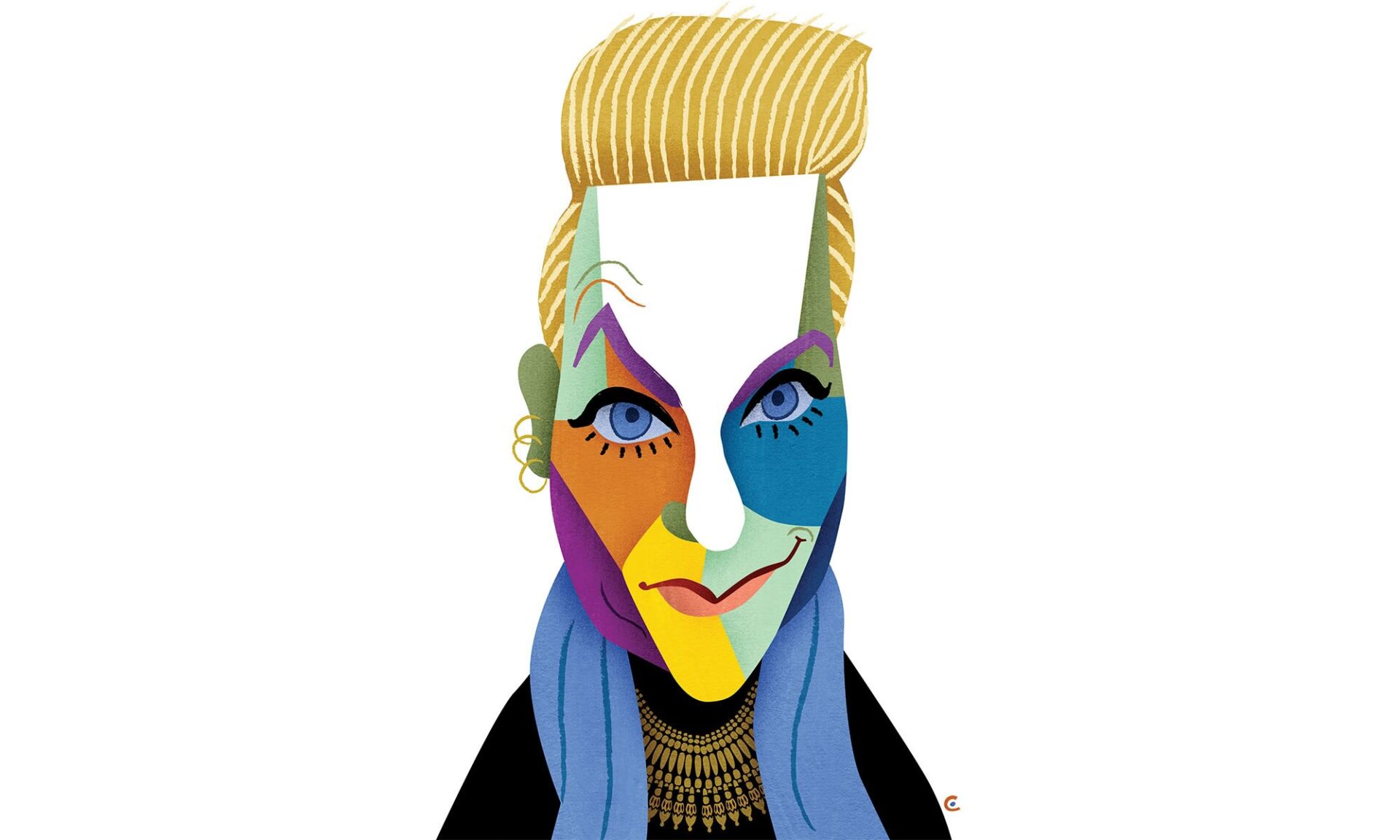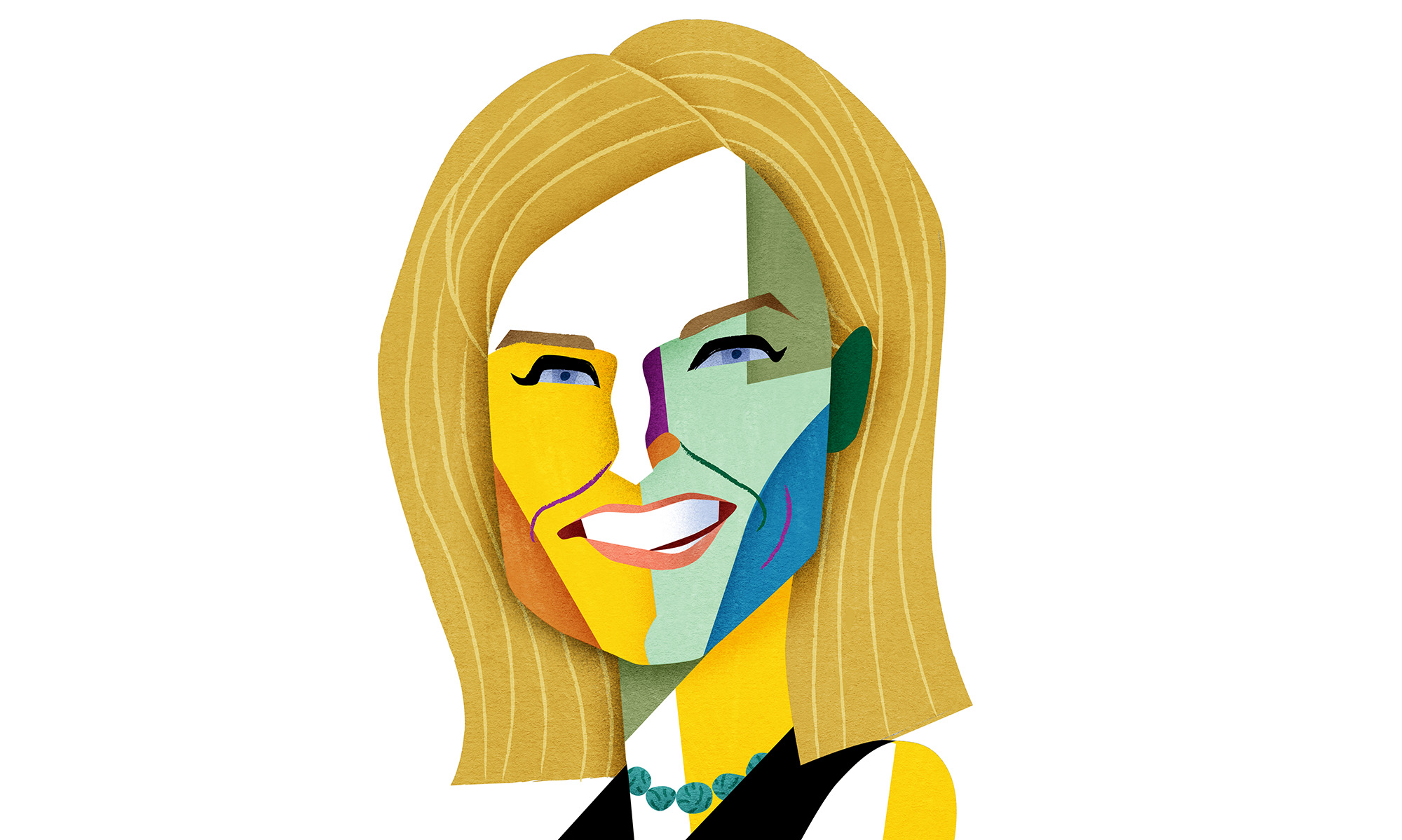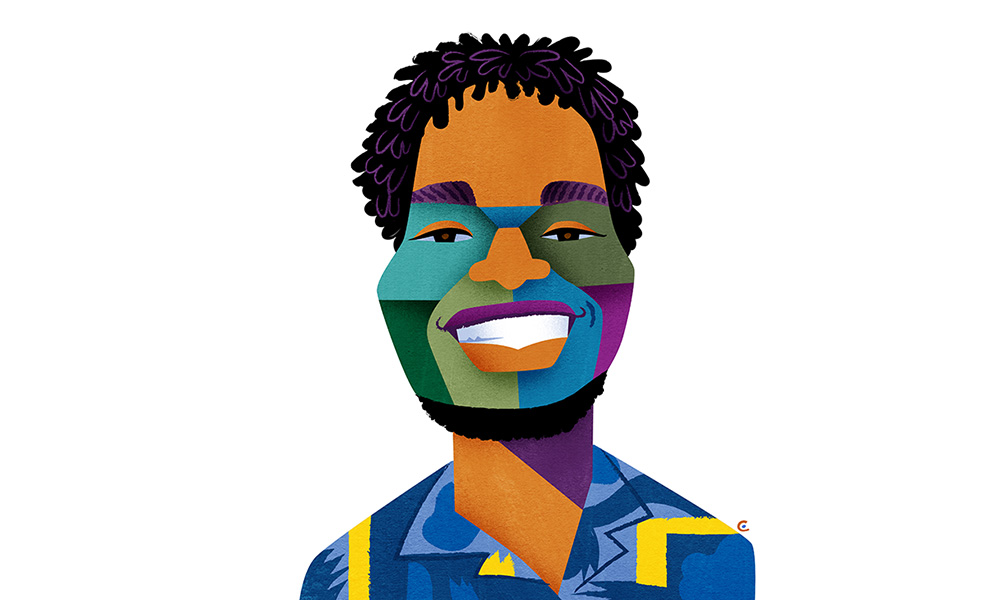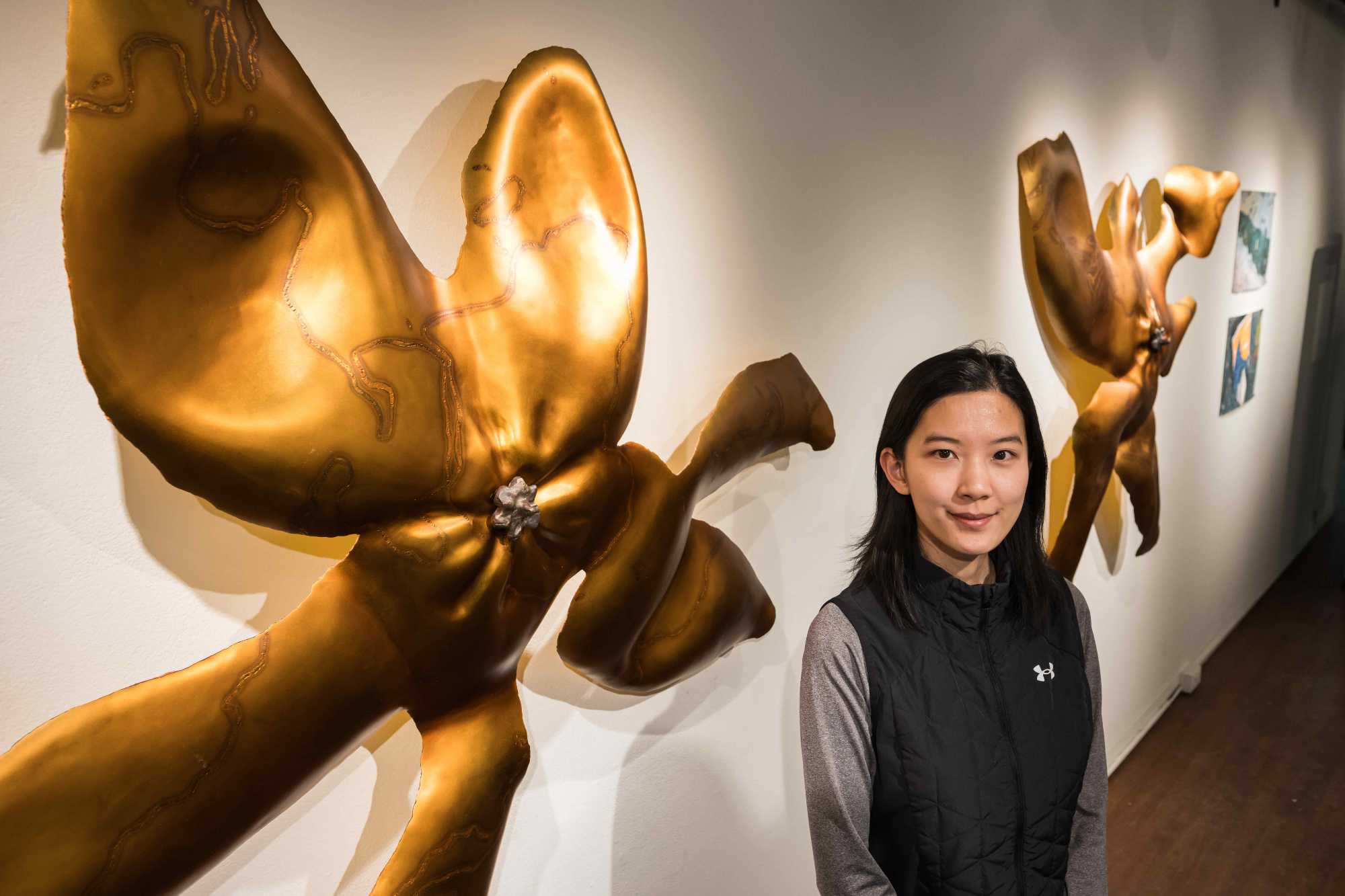Kasia Maroney ’92, an art conservator for museums and private clients, restores priceless objects to their full glory.
The following interview has been edited and condensed and appears in the spring 2025 issue of Rochester Review, the magazine of the University of Rochester.
Kasia Maroney ’92
Home: Ithaca, New York
Art conservator supporting 11 museums, including the University’s Memorial Art Gallery, with three decades’ experience working with sculptures, frames, ceramic, plaster, marble, ivory, metal, and wood.
Majors at Rochester: Art history and psychology
I’ve always had a hard time choosing between art and science. I started at Rochester as premed but also grew up in a pottery studio, watching my parents work. That efficiency with materials is in my blood.
I studied abroad as a junior with an internship at Christie’s London art auction house. During my senior year, I was student director of the Hartnett Gallery and led a truly ambitious exhibition schedule. What has stuck with me the most is how much I value the physicality and three-dimensionality of sharing space with artwork.

During graduate school at Boston University, I made sure to intern and take classes at as many museums as I could, like Harvard’s Peabody Museum and the Museum of Fine Arts, getting to know a few incredible collections really well. I eventually chose to specialize in the treatment of objects, which rhymes a bit with medicine, because it involves a hands-on and scientifically grounded set of steps that aim to diagnose agents of deterioration and slow them down. I’m treating objects instead of patients, and materials behave predictably. Whether a piece of ceramic is 20 or 1,000 years old, the process can often be the same.
I’ve treated work by famous artists, but my favorite objects are usually the ancient ones. The oldest thing I’ve worked on was a carved stone fertility figure from present-day Chile that was 4,500 years old. You could tell this figure was designed for a human hand to hold. Its maker was still very present, even though we have no idea who that person is. Treating that kind of work is such an honor.

My private clients sometimes bring me objects that have personal, but not always financial, value. Every object has a story, and often they are all we have left of a time, place, or person. I once repaired a wedding cake topper that my client thought was plaster. It had been on her grandmother’s cake, and she wanted to use it on hers. It turned out to be made of sugar! There’s no academic reference for treating a sugar sculpture, so I had to use my judgment, which told me to treat it like a piece of unfired earthenware. I love unusual challenges like this because they test my problem-solving skills.
I have cleaned blood, urine, and graffiti off material. I have replaced noses, toes, and fingers. I have been handed smashed marble busts and boxes of broken glass. I’ve had to take apart and reconstruct artists’ work because it’s not holding up as they had intended. And before I even begin my assessment, there’s always a part of my brain that says to the artwork and artist: “I’ve got you; it’s going to be OK.” If I do my job well, I should be able to brush away any evidence that I was ever there. It’s very humbling. And to me, that’s fulfilling—to hold such intimate confidence and honor the intention of a work of art—to put things right, then step fully back and away.

There’s a set of professional ethics that govern my field, which involves keeping treatments as reversible as possible, documenting every step that’s taken, not adding more new material than is necessary, and keeping the original material intact, with respect for its natural aging. The key to not over restoring is stating clearly where the end point of the treatment is before we even begin. From there, we plan every step. I tend to be very conservative about conservation, reminding clients that less is more. After treating well over a thousand objects, I continue to believe that restraint is the most mature quality I can bring to a treatment.




